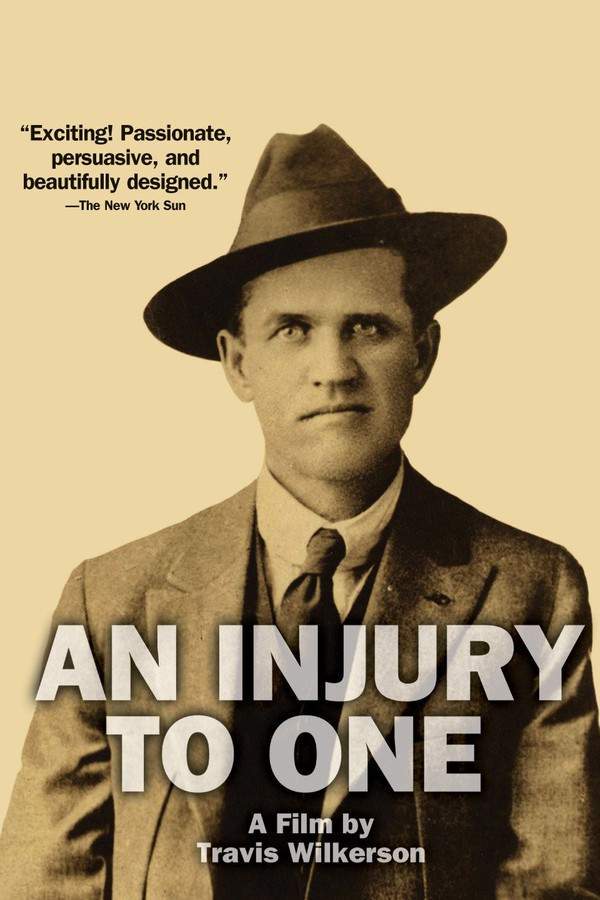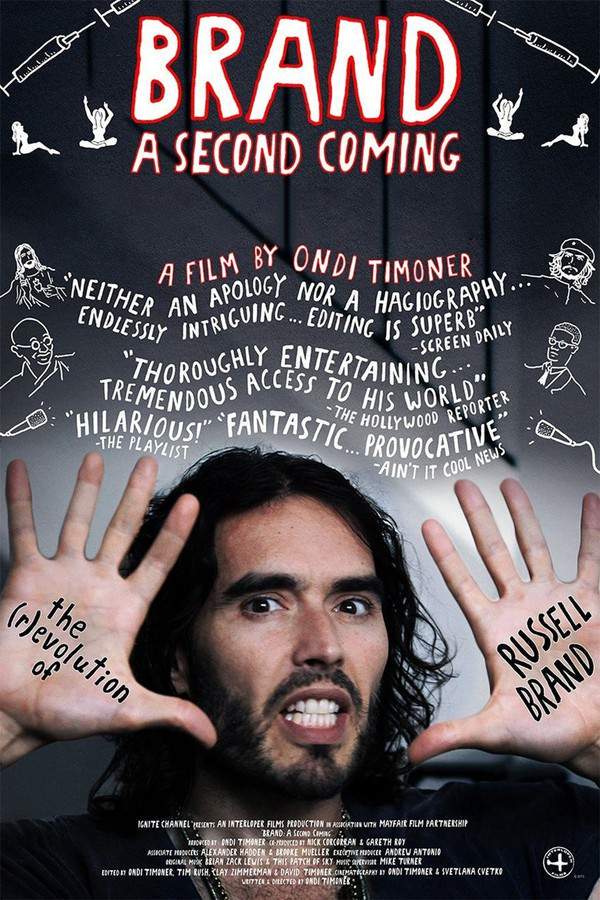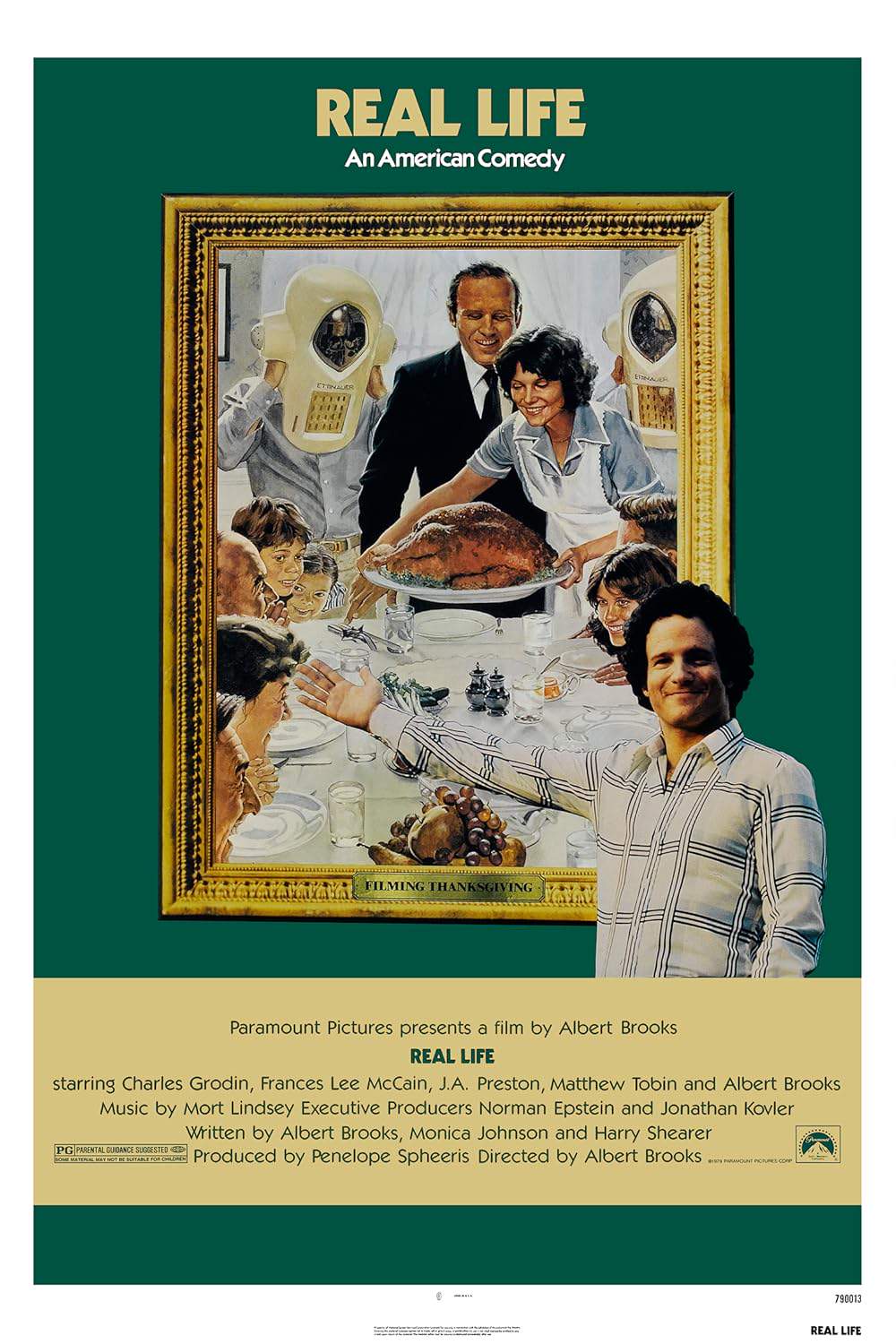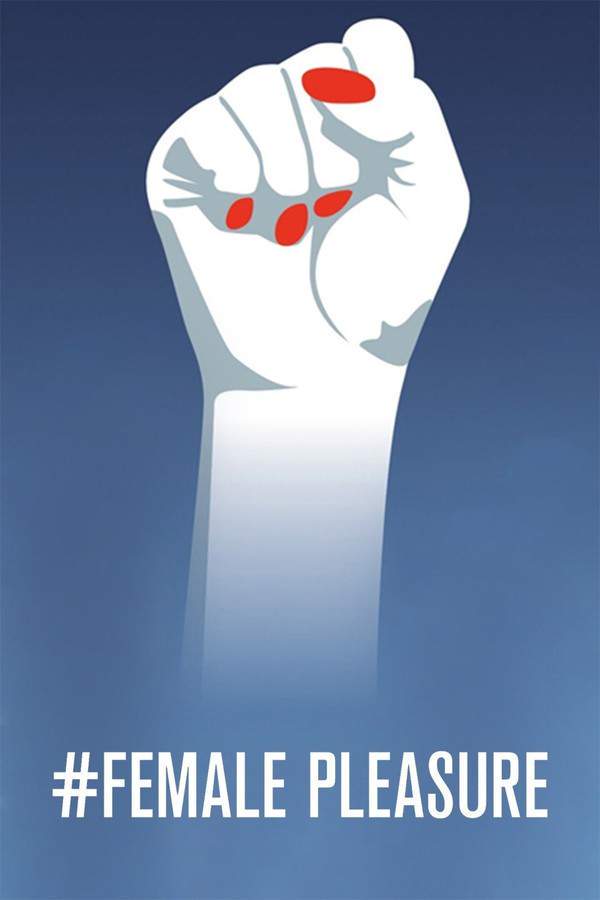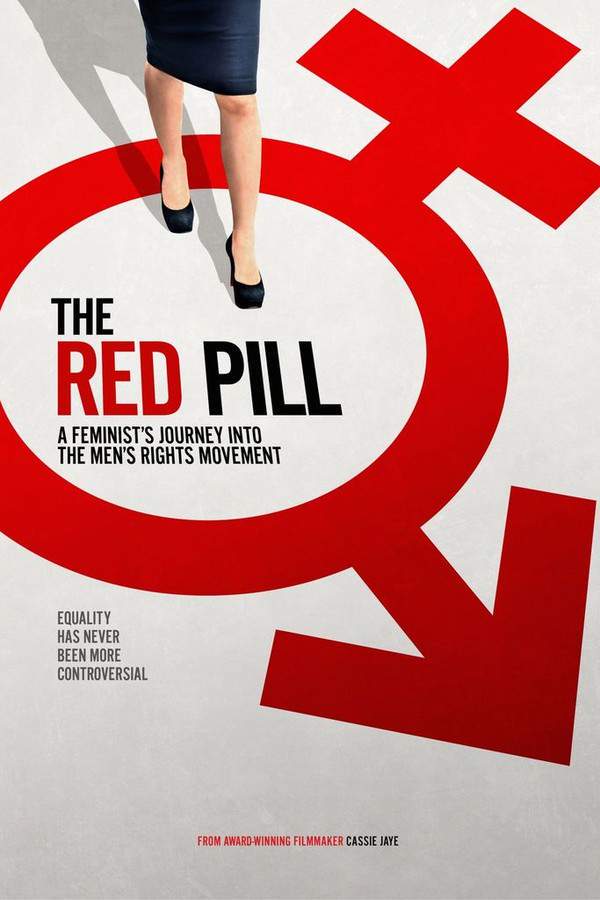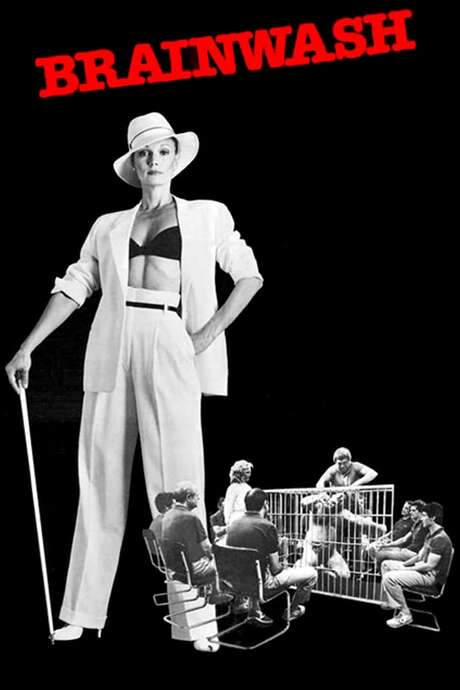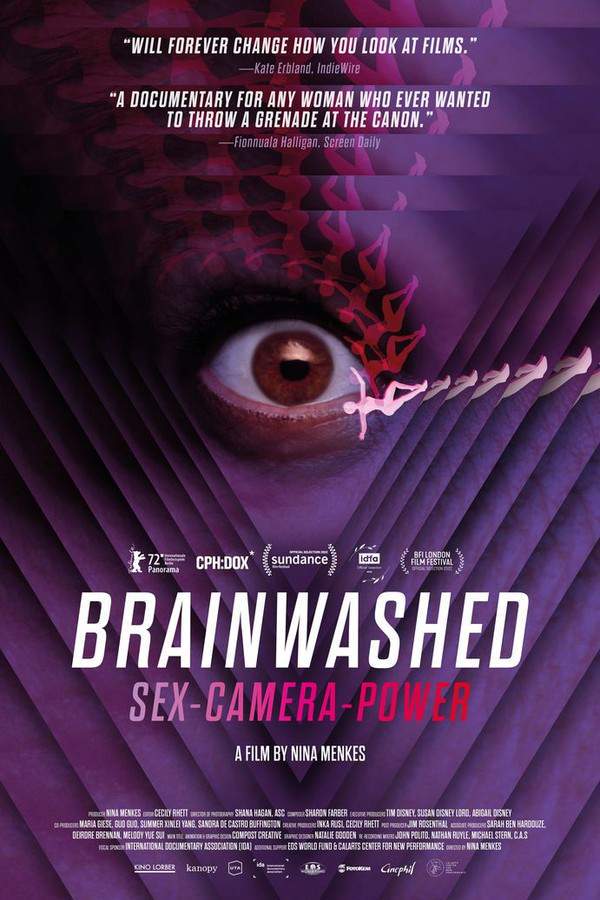
Brainwashed: Sex-Camera-Power
This provocative documentary examines the ways in which filmmaking techniques contribute to the objectification of women. Using iconic film clips, Nina Menkes analyzes camera angles and narrative structures, arguing that they often reinforce harmful gender norms and perpetuate a culture of sexual abuse, discrimination, and assault. The film explores the pervasive influence of patriarchy within the cinematic industry and its broader societal implications, revealing a hidden power dynamic at play.
Warning: spoilers below!
Haven’t seen Brainwashed: Sex-Camera-Power yet? This summary contains major spoilers. Bookmark the page, watch the movie, and come back for the full breakdown. If you're ready, scroll on and relive the story!
Timeline – Brainwashed: Sex-Camera-Power (2022)
Trace every key event in Brainwashed: Sex-Camera-Power (2022) with our detailed, chronological timeline. Perfect for unpacking nonlinear stories, spotting hidden connections, and understanding how each scene builds toward the film’s climax. Whether you're revisiting or decoding for the first time, this timeline gives you the full picture.
Last Updated: November 07, 2024 at 23:03
Explore Movie Threads
Discover curated groups of movies connected by mood, themes, and story style. Browse collections built around emotion, atmosphere, and narrative focus to easily find films that match what you feel like watching right now.
Critical cultural documentaries like Brainwashed: Sex-Camera-Power
Documentaries that meticulously deconstruct a system to expose its hidden power dynamics.Find movies like Brainwashed: Sex-Camera-Power that critically analyze cultural systems. These documentaries expose hidden power dynamics in media, politics, or society, offering a serious, thought-provoking, and analytical viewing experience for those seeking enlightenment on complex issues.
Narrative Summary
Films in this thread follow a persuasive, argument-driven structure. They present a central thesis—often about a systemic injustice—and build their case methodically through interviews, archival footage, and expert analysis. The narrative is less about character arcs and more about the strength of the intellectual argument being presented.
Why These Movies?
These movies are grouped by their shared mission to analyze and expose. They possess a serious, urgent tone, a steady, analytical pacing, and a high intellectual intensity. The focus is on creating a coherent, evidence-based critique that leaves the viewer with a new, critical perspective.
Movies about filmmaking and critique like Brainwashed: Sex-Camera-Power
Movies that turn the camera on filmmaking itself to question its language and impact.If you liked Brainwashed: Sex-Camera-Power's analysis of film technique, explore these movies about cinema itself. This thread includes documentaries and dramas that deconstruct filmmaking, critique Hollywood, or explore the power of the cinematic image in a serious and thought-provoking way.
Narrative Summary
The narrative pattern involves using film clips, director interviews, and cinematic theory to explore a specific aspect of movies. The journey is one of revelation, guiding the audience from passive viewer to active critic, armed with a new understanding of how visual language constructs meaning and ideology.
Why These Movies?
These films are united by their meta-subject matter: cinema. They share a analytical tone, a complexity derived from engaging with film theory, and a mood that is both enlightening and critical. The pacing is often steady, building a case about the nature of the medium.
Unlock the Full Story of Brainwashed: Sex-Camera-Power
Don't stop at just watching — explore Brainwashed: Sex-Camera-Power in full detail. From the complete plot summary and scene-by-scene timeline to character breakdowns, thematic analysis, and a deep dive into the ending — every page helps you truly understand what Brainwashed: Sex-Camera-Power is all about. Plus, discover what's next after the movie.
Brainwashed: Sex-Camera-Power Summary
Read a complete plot summary of Brainwashed: Sex-Camera-Power, including all key story points, character arcs, and turning points. This in-depth recap is ideal for understanding the narrative structure or reviewing what happened in the movie.

Characters, Settings & Themes in Brainwashed: Sex-Camera-Power
Discover the characters, locations, and core themes that shape Brainwashed: Sex-Camera-Power. Get insights into symbolic elements, setting significance, and deeper narrative meaning — ideal for thematic analysis and movie breakdowns.

Brainwashed: Sex-Camera-Power Spoiler-Free Summary
Get a quick, spoiler-free overview of Brainwashed: Sex-Camera-Power that covers the main plot points and key details without revealing any major twists or spoilers. Perfect for those who want to know what to expect before diving in.

More About Brainwashed: Sex-Camera-Power
Visit What's After the Movie to explore more about Brainwashed: Sex-Camera-Power: box office results, cast and crew info, production details, post-credit scenes, and external links — all in one place for movie fans and researchers.

Similar Movies to Brainwashed: Sex-Camera-Power
Discover movies like Brainwashed: Sex-Camera-Power that share similar genres, themes, and storytelling elements. Whether you’re drawn to the atmosphere, character arcs, or plot structure, these curated recommendations will help you explore more films you’ll love.
Explore More About Movie Brainwashed: Sex-Camera-Power
Brainwashed: Sex-Camera-Power (2022) Plot Summary & Movie Recap
Brainwashed: Sex-Camera-Power (2022) Scene-by-Scene Movie Timeline
Brainwashed: Sex-Camera-Power (2022) Spoiler-Free Summary & Key Flow
Movies Like Brainwashed: Sex-Camera-Power – Similar Titles You’ll Enjoy
#Female Pleasure (2019) Spoiler-Packed Plot Recap
The Red Pill (2016) Detailed Story Recap
Pornography (2010) Complete Plot Breakdown
Body Parts (2023) Plot Summary & Ending Explained
Woman (2019) Plot Summary & Ending Explained
Pornocracy: The New Sex Multinationals (2017) Film Overview & Timeline
Women Behind the Camera (2007) Full Summary & Key Details
Privilege (1990) Detailed Story Recap
Brainwash (1981) Film Overview & Timeline
Brain Sex (1988) Plot Summary & Ending Explained
Uncovering Rape Culture (2021) Complete Plot Breakdown
Sex on Screen (2023) Story Summary & Characters
Female Misbehavior (1992) Movie Recap & Themes
The Price of Pleasure: Pornography, Sexuality & Relationships (2008) Movie Recap & Themes
Graphic Sexual Horror (2009) Film Overview & Timeline








